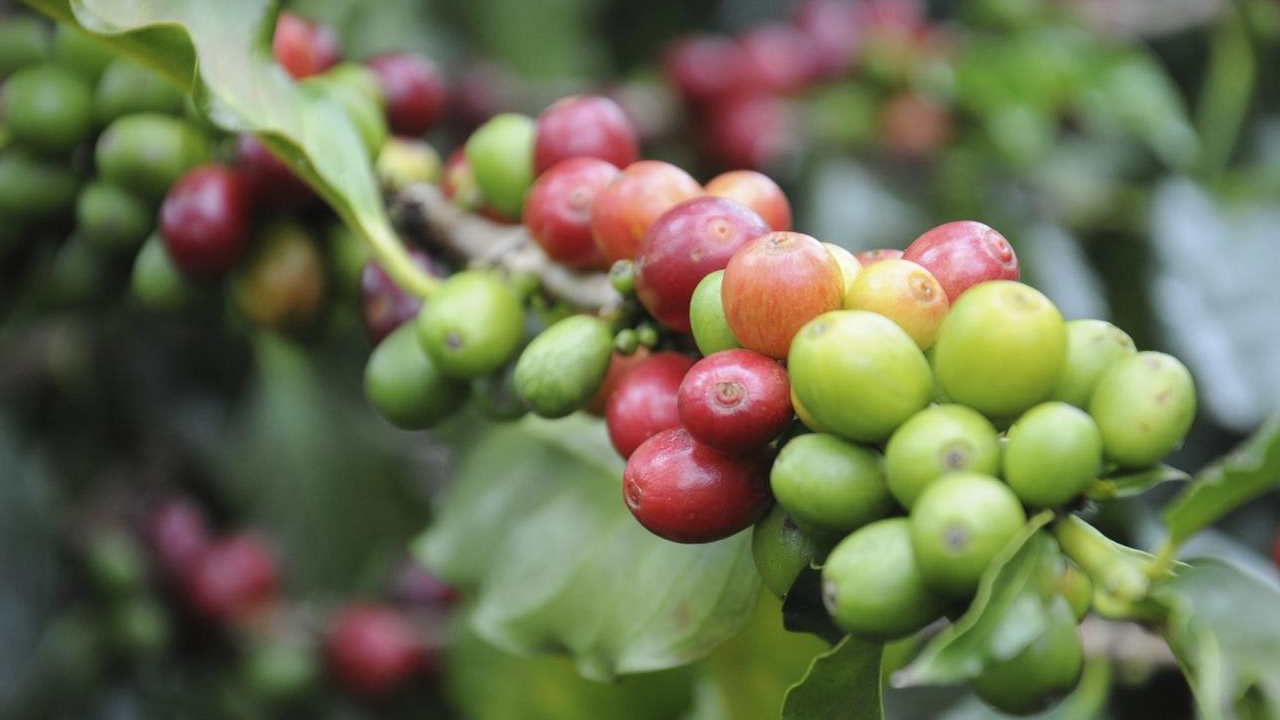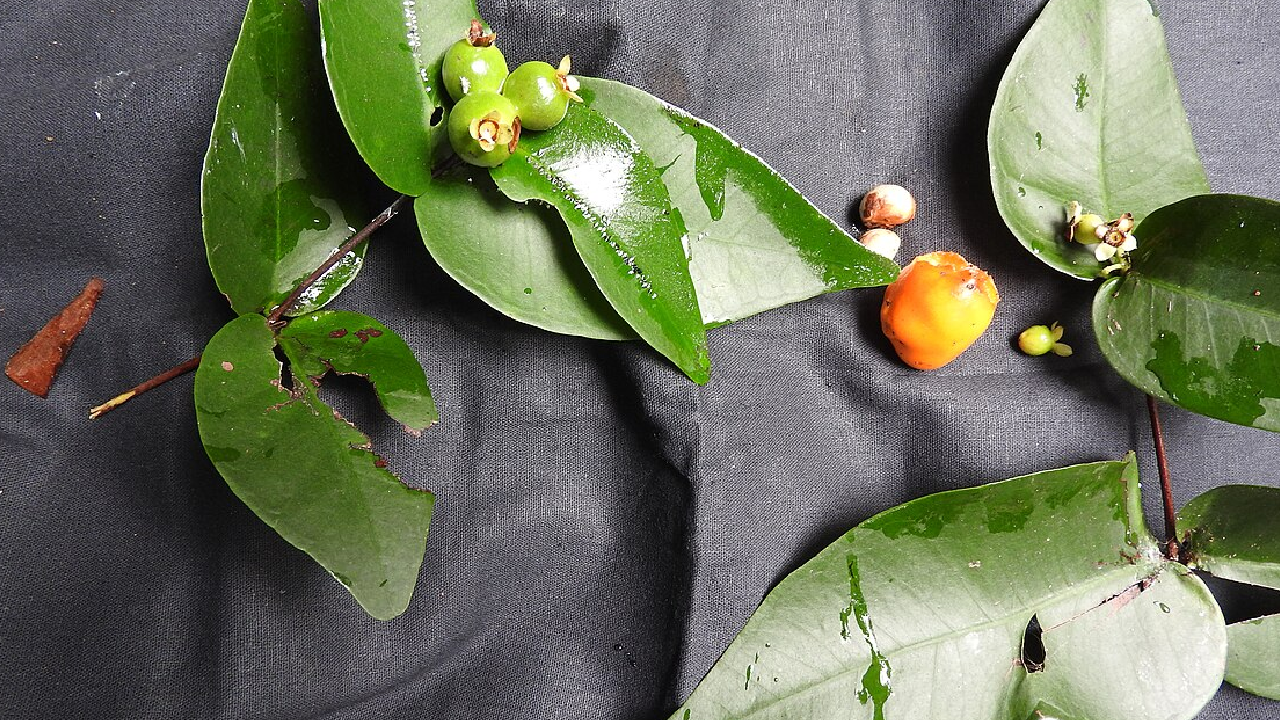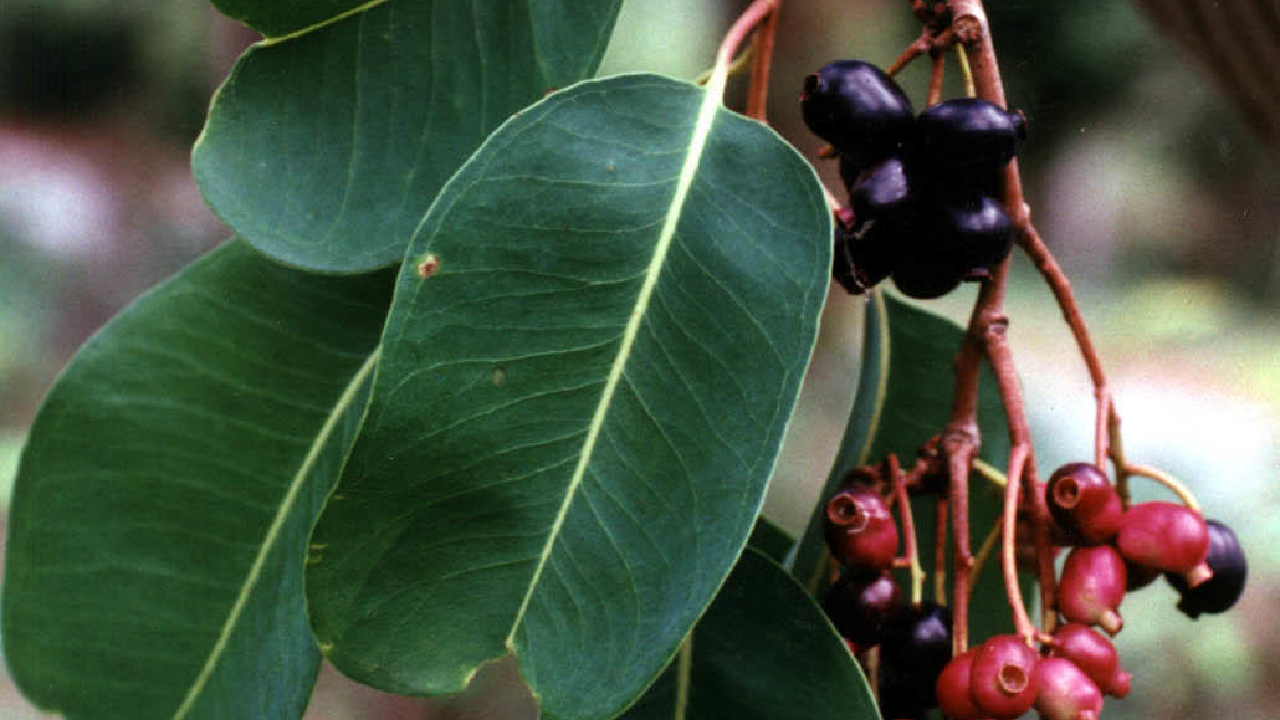
India's rich biodiversity includes numerous plant species that offer remarkable benefits, from medicinal uses to ecological balance. However, many of these valuable plants are now facing the threat of extinction. This article highlights some of India's most endangered plants, their incredible uses, and the urgent need for conservation efforts to protect these natural treasures.
Arabica Coffee (Coffea arabica)
Coffea arabica, commonly known as Arabica coffee, is a flowering plant species in the Rubiaceae family. It is considered the first coffee species to be cultivated. Naturally, Coffea arabica is found in the forests of South Ethiopia and Yemen. In India, It is grown in Kodagu district in Karnataka.

-
Uses: Arabica coffee is prized for its superior flavor and aroma. It accounts for 71% of the global coffee trade, supporting numerous livelihoods and economies in coffee-producing regions. Its economic and cultural significance makes it a valuable species.
-
Current Status: Arabica coffee faces potential population decline due to deforestation, climate change, pests, and diseases. Predictions indicate a population reduction of up to 70% over the next 63 years, leading to its classification as Endangered.
-
Threats: Major threats include deforestation, climate change, and pests like the Coffee Berry Borer, as well as diseases such as Coffee Berry Disease. Rising temperatures could further threaten its suitable habitats.
-
Conservation Needs: Preserving genetic diversity through ex-situ genebank collections and in-situ conservation sites like the Yayu Coffee Forest Biosphere Reserve is crucial. Sustainable forest management practices and climate resilience strategies are essential to safeguard the species.
Jungle Guava (Eugenia singampattiana)

-
Current Status: Once feared extinct, Eugenia singampattiana has been rediscovered but remains endangered. It has a limited range with an estimated extent of occurrence (EOO) between 122.982 and 895 km². Despite its presence in a protected area, habitat quality continues to decline.
-
Threats: Habitat loss from deforestation, past dam construction, and clearing for plantations, along with medicinal harvesting, are primary threats.
-
Conservation Needs: Protecting its habitat within the Kalakad Mundanthurai Tiger Reserve and implementing sustainable harvesting practices are crucial. Establishing ex-situ collections and enhancing in-situ conservation measures will help protect the species.
Manchi-moyadi (Syzygium alternifolium)
Manchi-moyadi, belonging to the Myrtaceae family, is a large tree native to India, specifically found in the Sirumalai Hills of Tamil Nadu and various districts of Andhra Pradesh. It is characterized by its large, alternate leaves, yellowish-white scented flowers, and globose pink fruit. This species thrives in dry deciduous forest hills, with flowering and fruiting occurring from December to June.

-
Uses: Manchi-moyadi is valued for its timber and medicinal seeds. It thrives in dry and moist deciduous forests, offering essential ecological and economic benefits.
-
Current Status: The species is classified as Endangered due to a significant decline in its wild population, with an estimated 60% decrease over the last three generations. Habitat loss and human interference continue to threaten its survival.
-
Threats: Key threats include habitat loss from deforestation, road building, agricultural expansion, and unregulated harvesting of seeds. Variability in fruiting and seed viability also pose challenges.
-
Conservation Needs: Urgent conservation efforts are necessary. Both in-situ and ex-situ strategies should be employed to protect and manage its habitat, and regulate harvesting practices to ensure the species' survival.
Indian Nard (Nardostachys jatamansi)
Indian Nard is a perennial herb native to the alpine regions of Bhutan, China, India, Nepal, and Myanmar.

-
Uses: Indian Nard is known for its aromatic spikenard oil used in perfumes. Also it is highly valued for its medicinal rhizomes, used to treat various ailments, but extensive harvesting poses a significant threat to its survival.
-
Current Status: The species is critically endangered due to unsustainable wild collection and habitat destruction. Over the past decade, its population has declined by at least 80%, particularly in the Indian Himalayas, Nepal, and Bhutan.
-
Threats: Major threats include overharvesting, habitat degradation from deforestation and overgrazing, and rising demand for its medicinal properties. Its slow reproductive rate exacerbates these issues.
-
Conservation Needs: Protecting Indian Nard requires enforcing sustainable harvesting practices, preserving natural habitats, and supporting ex-situ conservation projects. Strengthening regulations and promoting community-based conservation strategies are crucial.
Ativisha (Aconitum heterophyllum)

-
Uses: Ativisha holds a prominent place in Ayurvedic medicine. Its tubers are traditionally used to treat urinary infections, diarrhea, and inflammation. The plant’s therapeutic properties make it a critical component of traditional healing practices.
-
Current Status: The plant is classified as Endangered due to unsustainable collection practices and habitat loss. Over the past decade, approximately 70% of its wild population has declined. It primarily grows in Jammu and Kashmir, Himachal Pradesh, and Uttarakhand.
-
Threats: Key threats include road construction and overharvesting driven by high market demand for its medicinal properties.
-
Conservation Needs: Immediate actions are needed to ensure sustainable collection practices and effective habitat management. Cultivating Ativisha in controlled environments can also help alleviate pressure on wild populations.
Preserving these endangered plant species is not only crucial for maintaining biodiversity but also for ensuring the continued availability of their valuable benefits. Effective conservation efforts and sustainable practices are essential to safeguard these plants and the ecosystems they support for future generations.
















